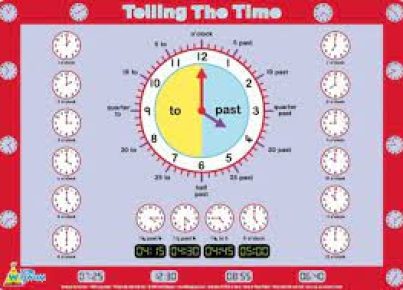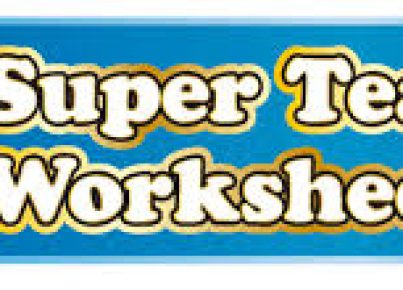Effective lesson creation is a critical component in delivering educational content that is engaging, informative, and memorable. Utilizing a lesson plan template can significantly enhance this process by providing a structured approach to organizing and outlining the educators’ plan of action.
A lesson plan template acts as a guide that structures the teaching process. It ensures all key components are addressed, making it easier for the teacher to deliver the lesson effectively. Here’s why using a lesson plan template can aid in crafting more effective lessons.
1. Clarity of Objectives: The foremost step in designing a lesson is to clearly define its objectives. What should students learn by the end of the session? A template serves as a reminder to set specific, measurable, achievable, relevant, and time-bound (SMART) goals, providing direction for both students and educators.
2. Consistency and Efficiency: Templates standardize lesson creation, which aids in maintaining consistency across different lessons or units. This consistency is also beneficial for the students as it provides them with a predictable learning structure. Moreover, templates streamline the planning process, saving precious time that can be invested in interacting with students or personalizing content.
3. Organization of Content: Lesson plan templates help organize thoughts and materials necessary for each class session. By segmenting the lesson into sections such as introduction, main activity, and conclusion, teachers can ensure a logical sequence that gradually builds student understanding.
4. Assessment Strategies: Templates remind teachers to incorporate varied assessment methods into their plans to gauge student understanding throughout the session and at its conclusion. This consistent consideration for assessment ensures that learning objectives are being met.
5. Facilitation of Differentiated Instruction: A good template encourages educators to prepare adaptations of content delivery to meet diverse student needs within the classroom. It prompts consideration of different learning styles and levels of readiness.
6. Time Management: With designated time slots within the template for each section of the lesson, teachers can manage classroom time more effectively – allocating appropriate durations to each activity ensures coverage of all planned content without rushing or overextending certain topics.
7. Reflection and Improvement: Post-lesson reflection provided for in many templates allows educators to make notes on what worked well and what needs adjustment for future sessions. This iterative process is instrumental in continuous improvement of teaching methods and lesson quality.
To sum up, using a lesson plan template serves several beneficial purposes: it fosters goal-oriented planning, promotes efficient structure in delivery, encourages varied instructional strategies and assessments, assists with time management, and supports continual improvement through reflection. For educators aspiring to elevate their teaching practices through effective lessons, embracing a well-thought-out lesson plan template is a strategy worth incorporating into their educational toolkit.





